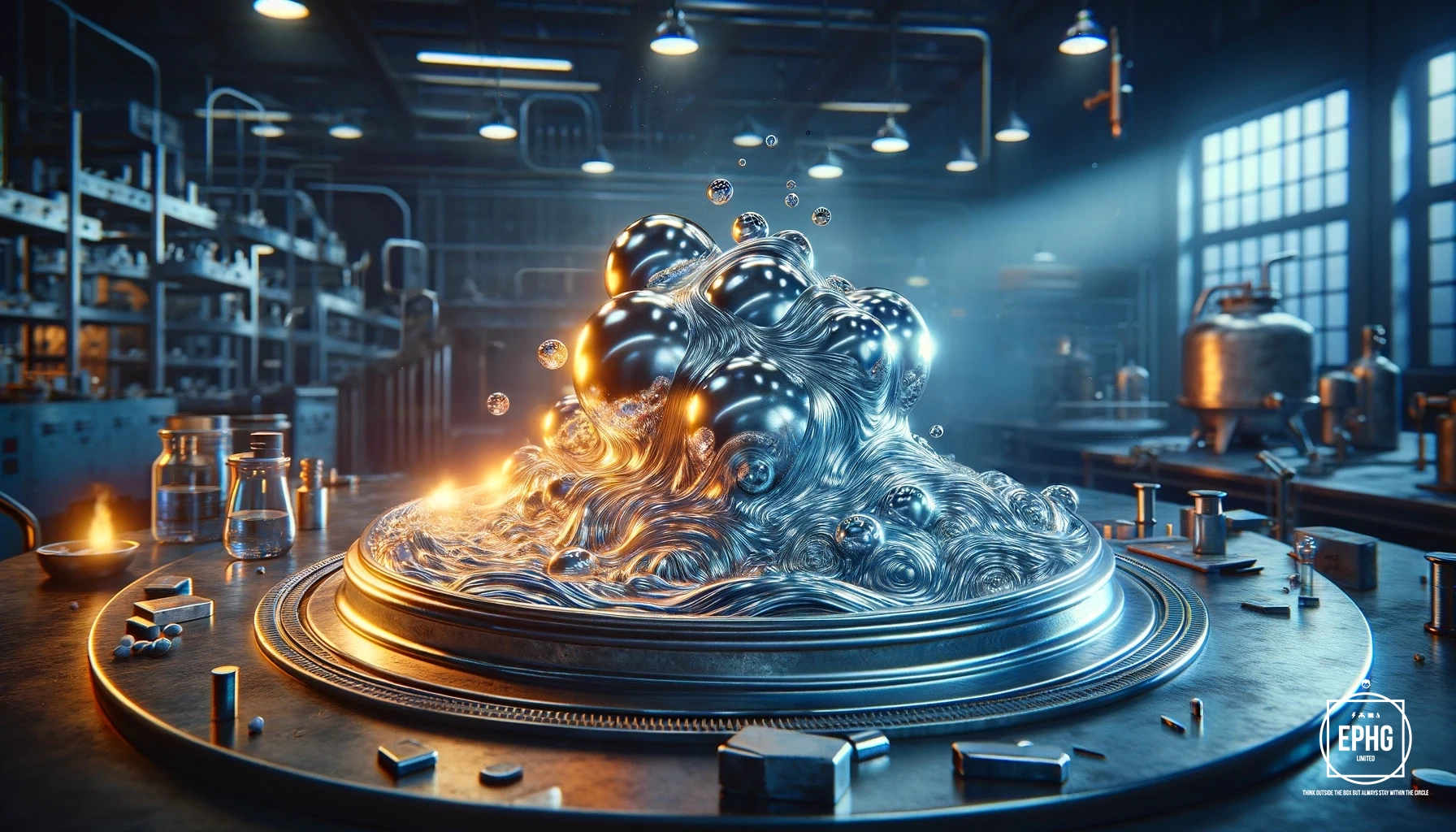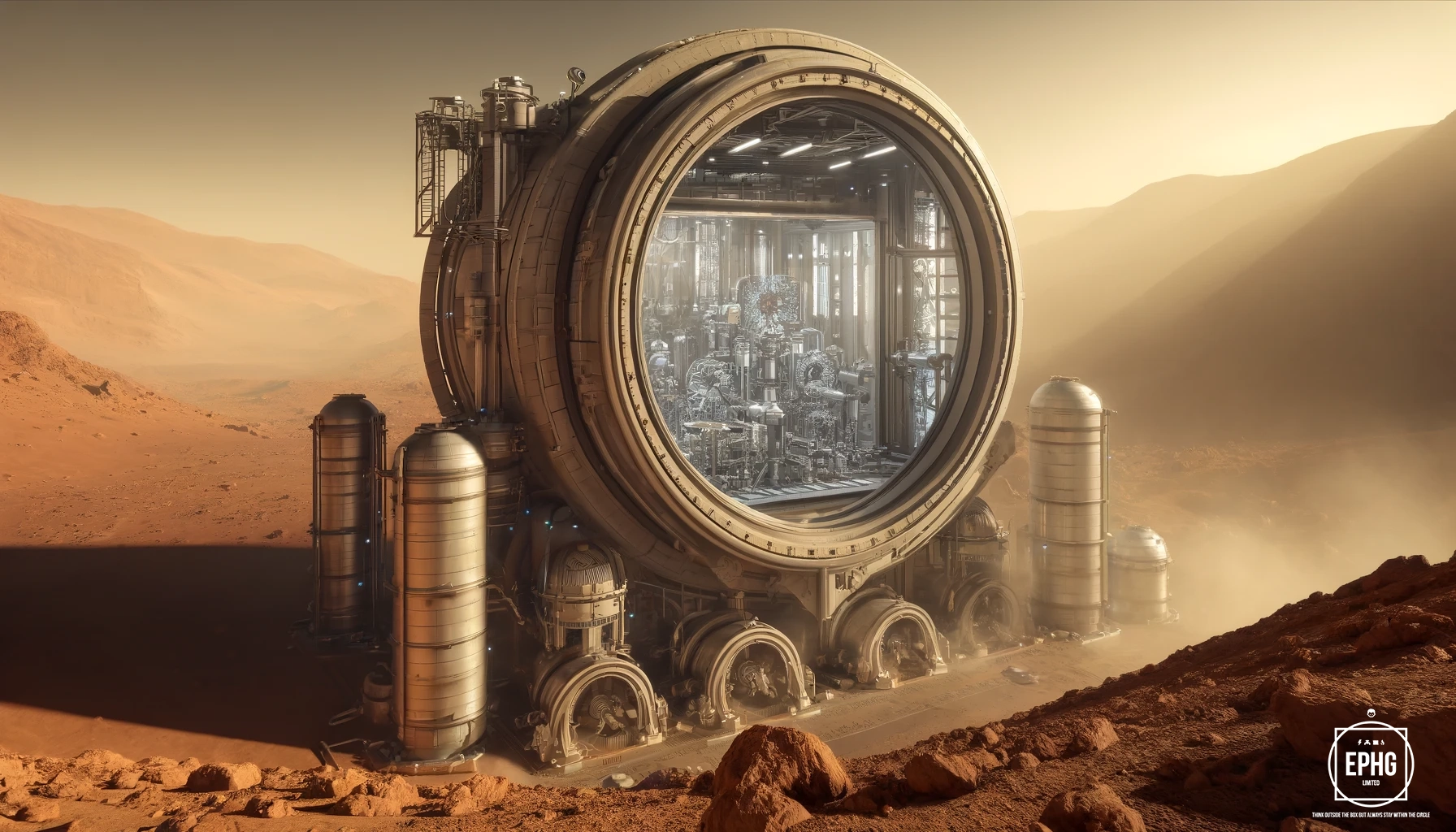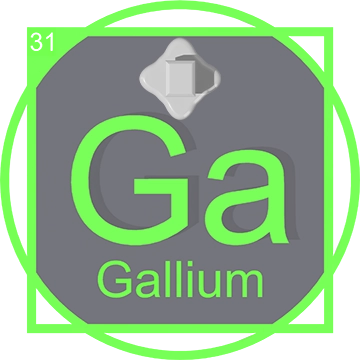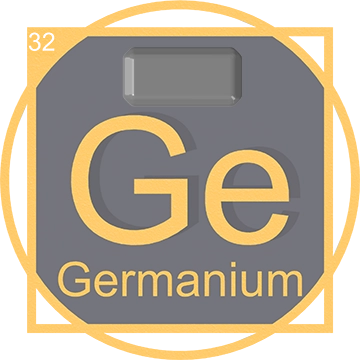Zinc (Zn): Discovery, Properties, and Applications in Technology
Zinc, represented by the symbol Zn and atomic number 30, is a versatile and widely used metal known for its significant role in various industrial, technological, and biological applications. This article delves into the history of Zinc's discovery, its chemical and physical properties, its strategic position in the periodic table, and its extensive use across multiple sectors including healthcare, construction, and electronics, highlighting its indispensable contributions to modern industry and technology.
Discovery of Zinc

Zinc was formally discovered as a distinct element in India and was first used to produce brass as early as the 9th century BC. Its extraction and utilization in ancient times signify its importance in early human civilizations. However, it was not recognized in the West until Andreas Marggraf, a German chemist, isolated it in its metallic form in 1746. Zinc's ability to combine with copper to form brass was historically significant, influencing numerous aspects of material science and metallurgy. The discovery of zinc as a separate element was a pivotal moment that led to advancements in metallurgical techniques and opened new possibilities for its application in various industrial processes.
Zinc in the Periodic Table
In the periodic table, Zinc is classified under group 12, known for its transition metals. Zinc is a fairly reactive metal that does not occur free in nature, but rather as mineral deposits of sphalerite, smithsonite, zincite, and calamine. Its properties make it an excellent candidate for galvanization and alloy production, owing to its resistance to corrosion.
Physical and Chemical Properties of Pure Zinc

Pure Zinc is a bluish-silver, lustrous metal that exhibits brittleness at ambient temperatures but becomes malleable when heated to 100°C. It is a fair conductor of electricity and is particularly noted for its reactivity with dilute acids, from which it releases hydrogen. Pure Zinc has a melting point of 419.5°C and a boiling point of 907°C. These properties make it relatively stable under normal conditions, yet highly valuable in various industrial processes, especially when alloyed to enhance its reactivity and strength.
Mining the Element Zinc

Mining zinc often involves extracting it from zinc-blende (sphalerite) ore, where it is primarily found combined with other elements such as cadmium, gallium, and sometimes germanium. These companion elements can be recovered during the zinc mining and refining process and are valuable for various industrial applications. Zinc mining is crucial for producing a metal that is essential in corrosion-resistant galvanization and alloy production.
Significant mining locations for zinc include the Red Dog mine in Alaska, which is one of the world's largest zinc mines. Other important zinc mining regions are located in Australia at the Mount Isa mines, and in Canada, particularly in the Kidd Creek mine in Ontario. These locations are known for their substantial zinc reserves and contribute greatly to the global supply of zinc and associated metals.
Another mine to take not of is the Artana Mine in Novo Brdo, Kosovo.
Applications of Zinc in Technology
Galvanization Zinc

Zinc's most well-known application is in the galvanization process, where it is used to coat iron or steel to prevent rusting. This vital process is critical in the construction of vehicles, infrastructure, and buildings, providing long-lasting protection against corrosion. By forming a durable barrier against environmental elements, galvanized zinc significantly extends the life of metal structures. It is also essential in manufacturing outdoor and marine equipment, where materials are exposed to harsher conditions, further showcasing zinc's protective properties in a variety of industries.
Zinc Alloys

Zinc is a key component in various important alloys, including brass, nickel silver, and aluminum solder. Brass, which combines copper and zinc, is particularly valued for its mechanical and anti-corrosion properties, making it ideal for use in fixtures, musical instruments, and plumbing components. Zinc's versatility enhances the strength and durability of these alloys, contributing to their widespread use in decorative applications, electrical components, and hardware. Nickel silver, another zinc-containing alloy, is favored for its shiny, silver-like appearance and is commonly used in jewelry and cutlery. The inclusion of zinc in aluminum solder also improves its melting point and fluidity, making it essential for precision metalworking and manufacturing.
Zinc Batteries

Zinc is also used in the production of Zinc-air and Zinc-carbon batteries, which serve as an eco-friendlier alternative to lithium-ion batteries due to Zinc’s abundance and lower environmental impact during disposal. These batteries offer reliable energy storage solutions, with Zinc-air batteries being particularly noted for their high energy density and Zinc-carbon batteries valued for their stability and affordability. Both types are extensively utilized in various applications ranging from hearing aids and film cameras to remote controls, providing a sustainable and cost-effective option for everyday electronic devices.
Zinc Medicine

In the medical field, Zinc compounds are utilized for their ability to boost the immune system, speed wound healing, and act as an effective treatment for the common cold and other ailments. The essential role of Zinc in cellular metabolism and immune function makes it a key ingredient in supplements aimed at enhancing overall health. Additionally, Zinc oxide is a component in various skin creams and protective sunscreens due to its ability to block ultraviolet rays, providing essential skin protection against sun damage and enhancing skin repair. These applications underscore Zinc's broad utility in both therapeutic and preventive healthcare practices.
The Future of Zinc
As environmental concerns continue to rise, Zinc’s role in sustainable practices and green technologies is expected to grow. Innovations in Zinc battery technology and its increasing use in bio-medical applications highlight its evolving relevance in modern technology and industry.

In this captivating image, we explore a futuristic boiler room set on Mars, ingeniously designed to utilize zinc for its fittings and machinery. The zinc components are showcased for their exceptional durability and corrosion resistance, essential qualities for withstanding the harsh Martian environment. The boiler room is part of a Martian base, cleverly integrated into the rugged landscape that is visible through the windows and openings. This setting not only highlights the advanced zinc technology used in the construction and operation of these systems but also underscores its crucial role in supporting sustainable and efficient life on Mars. The image masterfully conveys the blend of technology and extraterrestrial colonization, marking a significant step in human adaptation to other worlds.













